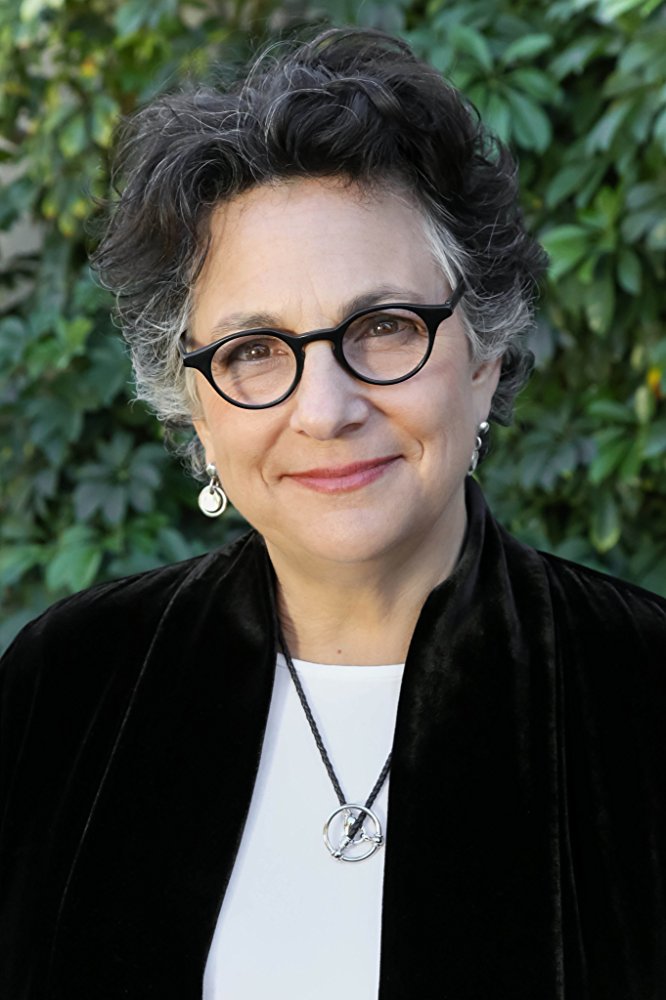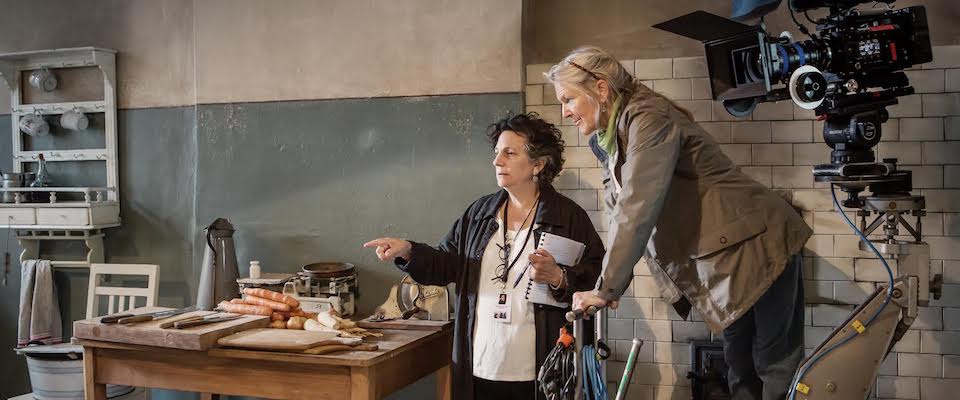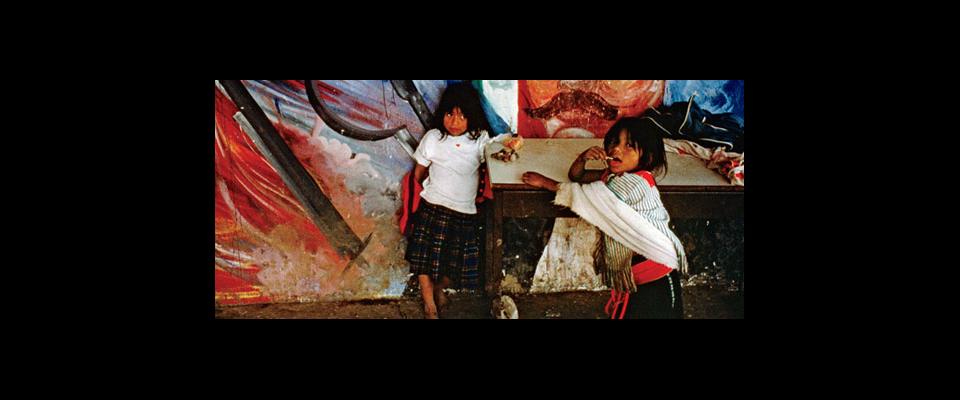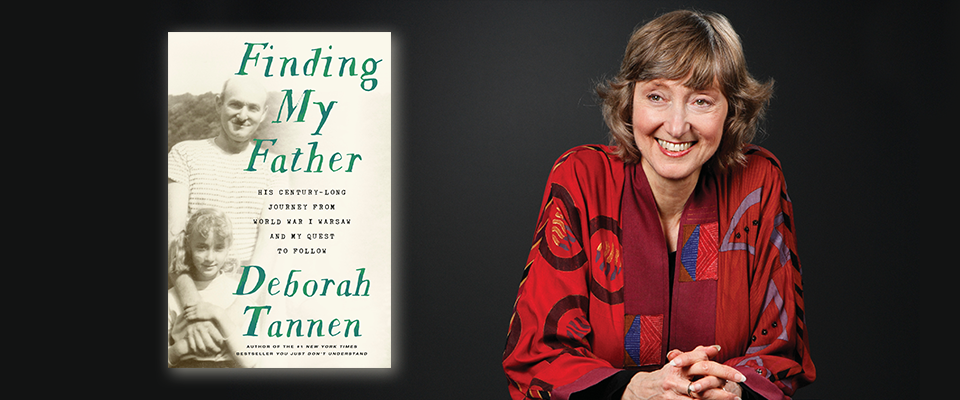In 1940, a Polish historian named Emanuel Ringelblum and a group of 60 scholars, journalists, and local leaders, known as the Oyneg Shabes, set out to record Jewish life in the Warsaw Ghetto. The Nazis had taken over, and, unbeknownst to Ringelblum, a plan for the “Final Solution”—the systematic extermination of the Jewish people—was beginning to formulate. In the spirit of unarmed resistance, Ringelblum and his followers sought to document the unfiltered reality of Nazi-occupied Warsaw, in their own words.
Over the course of three years, they gathered tens of thousands of documents—diary entries, essays, drawings—and chronicled both dignity and indignities. As the ghetto emptied, with nearly every Jew dead from either starvation or deported to a concentration camp, Ringelblum’s work was buried for safekeeping. But when parts of the archive were discovered after the war, the existence of these documents and the efforts of the Oyneg Shabes remained largely unnoticed by history.
A powerful new documentary from filmmaker Roberta Grossman, Who Will Write Our History (based on historian Samuel Kassow’s book of the same name), reveals this untold story. Starting June 21, Grossman’s film will be playing at several venues around the Bay Area as part of the San Francisco Jewish Film Festival. Who Will Write Our History, which is narrated by Oscar-winning actor Adrien Brody and Oscar-nominated actress Joan Allen, follows the diary entries of Ringelblum and Rachel Auerbach, one of only three survivors of the Oyneg Shabes. Grossman, who earned a degree in history from UC Berkeley in 1980, spoke to California about her new film, the archive’s quiet place in history, and the complicated reality of Holocaust narratives.
This conversation has been edited for length and clarity.
How did this project start for you?
I read a review online of Sam Kassow’s book, Who Will Write Our History? And I was kind of astonished that I had never heard about this story. For basically my whole life I’ve been very obsessed with and done a lot of reading about the Holocaust. And I never had heard of this story. So I read his book, and I was about ten pages in when I realized, “Oh my God, I have to make a movie about this.”
There have obviously been many documents and stories about the Holocaust, and rightfully so. What is it about the Oyneg Shabes archive that tells us something separate?
I really, without hyperbole, believe that it’s the most important unknown story of the Holocaust. It’s not a story about death or victimization. It’s a story about life and resistance. But it goes to show that there are many forms of resistance, and in this case it’s a spiritual resistance of a group of people who, in the most dire circumstances, risked their lives so that the truth would survive even if they didn’t.
In [the Broadway musical] Hamilton, one of the central questions is “Who lives, who dies, who tells your story?” And for the people in the Warsaw Ghetto, the same question was uppermost in their minds, or at least in the mind of Emanuel Ringelblum and the 60 people that he gathered around him to create this extraordinary archive.

That question of who tells the story is so central to the archive’s significance. A key reality that your film mentions is that many of the things we’ve seen when it comes to the Holocaust were documented through a Nazi lens.
There are two main sources of information about the Holocaust. One is documents, photographs—which is sort of the mechanism and the bureaucratic aspect of how so many millions were killed in this industrial machinery of death—documents of course about the rise of Nazism and the ideas of Nazism. And then we’ve had, really in the last couple decades, the memories of survivors who have shared their experiences either to the Shoah Foundation or, as you said, in books, documentaries. Survivor’s testimony is invaluable. One of the scholars told me, “Look, a survivor remembers how I survived—how I survived Auschwitz.” But they don’t necessarily remember what happened in the two, three, four, five years that led up to their experience in Auschwitz. They remember the highlights. They remember the moments that meant life or death. They’re memories. And memories are of course invaluable, but they are not always detailed, right?
So what we have here—why this archive is so important—is the largest cache of eyewitness documents, eyewitness accounts, and material documents to survive the Holocaust. There’s something like 60,000 pages of documents that were preserved. There were three caches, two of which were found. And in them are essays written on the spot, poetry, jokes, songs of beggars, diaries, bus tickets, everything you could think of. They’re eyewitness accounts—the experiences of people in that place, in that moment, unfiltered by time. And of course, the great majority of those people died, so we would have never had their survivor testimony. And those very, very, very few that survived, as Rachel Auerbach says in the film, their memories are often as damaged as their lives.
Following the war, there were two findings of the archive’s materials—one in 1946 guided by the three survivors of the Oyneg Shabes and another in 1950 by accident by a Polish construction crew. What has been the fate of the archive’s recovered materials?
The archive is in modern condition now. Remarkably—these things are so synchronistic—now, just this past November, the Jewish Historical Institute has put on a public and permanent exhibit at their facility in Warsaw, where people can actually go and learn about the archive and see some of the documents themselves. And up until this past November, everything has been in a basement, in a very small, air-controlled, temperature-controlled room and archival storage drawers, out of sight just until recently. The Jewish Historical Institute has been doing a major, major job making high-resolution scans and publishing. There was a Polish volume that was published. The English volumes are coming out now, and now everything is being scanned to be online. So ultimately it will be available to scholars and to regular people. But until very recently, if you weren’t a scholar, if you didn’t know it was there, if you didn’t speak Polish, Yiddish, and Hebrew, the material wasn’t accessible.
Considering its historical import and unique perspective, why has the Oyneg Shabes archive gone virtually unnoticed by history?
The reason why is kind of complicated, and probably different people think different things. Both Sam Kassow and another scholar on the subject who’s in the film, David Roskies, conveyed to me that one of the reasons why the archive sort of remained buried while it was unearthed … is the archive tells the whole truth. Ringelblum was really, really concerned that the archive be valuable to historians, which means it had to be uncensored and unfiltered. And as much as possible, as the events happened, he gathered accounts from many different points of view. The archive tells stories of really bad, really compromised Jews. There’s lots and lots of really severe complaining about the Judenrat—the Jewish council that basically was assigned by the Nazis, basically the government of the ghetto. Lots and lots of accusations against them in the archive from other Jews. Really, really, really powerful condemnations of the Jewish police, especially during the Great Deportation, of corruption, of brutality. There are stories about Jewish prostitutes or informers who, in order to get some favor with Gestapo, would tip off fellow family members.

It tells a complex story. According to Roskies and to Sam Kassow, that’s not what people wanted after the war. Especially in the memory making and basically the massive mourning among the Jewish people, this horrible tragedy that had occurred, people didn’t really want nuance. They wanted martyrs and heroes. And in Israel, in particular, where so many of the survivors went—Israel was forming as a state and forming its national mythology, national ethos—the ghetto fighters who in Warsaw and other places took up arms against the Nazis, however futile that was, were lauded as heroes. The people who were keeping diaries and hiding archives weren’t seen as particularly heroic. At the end of the day, I think both things were heroic.
What struck or surprised you the most in the process of making this film?
One of the things that really surprised me was Rachel Auerbach, who was one of the three surviving members of the archive and then spent the rest of her life writing about the archive. She’s such an incredible writer, and she was such an important person during and after the war. She started the survivors’ testimony department at Yad Vashem, so in a way everything, the Shoah Foundation, really goes back to her, what she was doing. She is completely unknown. Some people knew about Emanuel Ringelblum. Some people knew about the archive. Some people had the iconic image of the milk cans [where parts of the archive were stored] in their minds. But almost nobody knows about Rachel Auerbach, and I think that’s kind of a crime.
Considering the discrepancy between the life of Rachel Auerbach and how little she is remembered, along with Emanuel Ringelblum and others from the Oyneg Shabes, what do their names mean to you?
They’re very, very real to me. I’ve come to love them and admire them and respect them very deeply. I’ve spent six years of my life with the profound hope that I’m doing right by them, that I’m telling their stories as closely as I can to how they may have wanted them to be told. I’m hoping to bring their voices up from the grave and to let them speak to the world in the way they so much wanted to. They’re really heroes to me.
They continued to believe, when all evidence was to the contrary, that there would be a future—a future of humanity that would be valuing things like art and literature and love and relationships and kindness and co-existence and all these sort of humanist values over the really stark contrast of the very violent, very death-oriented Nazi worldview. It really was life versus death. It’s a very simplistic way to put it, but all the things that I value and hold dear are embodied by the members of the Oyneg Shabes.
The film is categorized as a documentary, but it includes powerful scenes of the Oyneg Shabes members that you staged and filmed. Why was it important to you to include that facet?
Because the only imagery that exists of the Warsaw Ghetto are Nazi photographs and film shot by the Nazi propaganda unit—although I’m repurposing that material for my own uses [in the film], and I feel OK doing that. Then, even that material is all outside, on-the-street life. There’s nothing about the way people live, in their homes, in their private lives. And of course, there’s nothing about the heroes of the story. I wanted to tell the story as a very human story, told from the point of view of our characters.

Nothing in the film is made up—everything, including the dramatic scenes in the film, are taken from the writing from the archive. All the words spoken are from the archive.
It is only later, after they’ve been collecting documents for some time, that the Oyneg Shabes members realize the greater meaning in their work when they begin hearing about the deportations and the Final Solution—mass murder. Why do you think Emanuel felt the need to form the Oyneg Shabes to begin with?
Emanuel Ringelblum was a very early, even pioneering social historian. And social history is about telling history from the bottom up, not the top down. It’s people’s stories, it’s people lives, it’s the everyday artifacts of their lives, their songs, and their stories. Emanuel Ringelblum was all about that.
They were gathering primary documents, eyewitness accounts that could be used by them and other historians after the war to tell the Jewish history, the Jewish story from the Jewish perspective. Emanuel Ringelblum certainly expected that most of them, if not all of them, would survive, because after all there had been lots of bad periods in Jewish history, lots of pogroms and lots of bad moments. But this was unimaginable. What actually occurred could not have been imagined by anyone.
There’s a recent revitalization of the notion and threat of dictatorship, of white supremacy, of fascism in America. In the film, Rachel says at one point, “We protected ourselves from the truth. We did not want to see it.” Do you feel that this is a sort of history that ought to enter our current political discourse?
If that line doesn’t evoke a sense of “Uh oh” or contemporary relevance or resonance, then I think you’re asleep.
What do you hope this film does for viewers?
I hope that they come to know the members of the Oyneg Shabes and remember them—who they were and what they did and their writing. I hope that the experiences of the people in the Warsaw Ghetto will be better known and understood.
And I hope that people will be sensitized to movements or moments in our own lives going forward that threaten humanity and human values.
Brandon Yu is a freelance arts writer and books columnist at the San Francisco Chronicle.
Who Will Write Our History – Theatrical Trailer from Katahdin Productions on Vimeo.





















